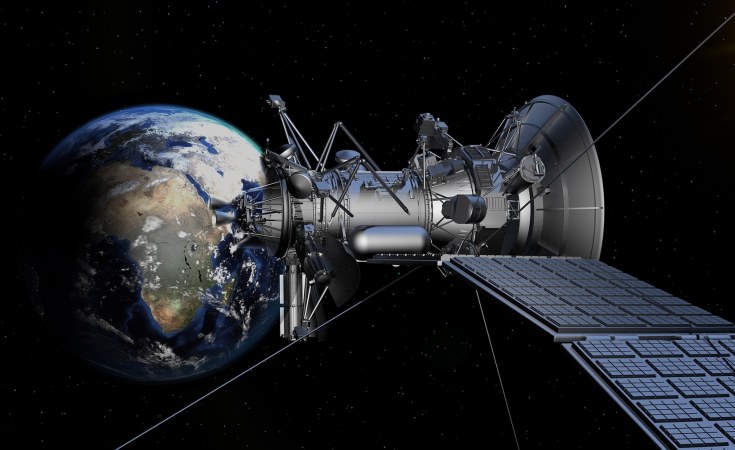The Department of Science and Innovation (DSI) and the National Aeronautics and Space Administration (NASA) on Tuesday signed a letter of intent to formalise a space exploration partnership.
The signing was followed by a sod-turning ceremony with NASA and the South African National Space Agency (SANSA), an entity of the DSI, signalling the renewal of the partnership through the establishment of a new communications facility that will help the Artemis missions return humans to the moon.
Located in Matjiesfontein, about 240 km northeast of Cape Town, the site will be one of three Lunar Exploration Ground Sites (LEGS) placed strategically around the globe.
These 18 to 24-metre communications antennas are intended to ensure near-continuous connectivity between astronauts on NASA's Artemis spacecraft and those who will subsequently come to work on and around the lunar surface.
Deputy Associate Administrator for NASA's Space Communications and Navigation (SCaN) programme, Dr Badri Younes, joined SANSA officials at the sod-turning ceremony, where the LEGS antenna is to be built.
"Location, weather and existing infrastructure make Matjiesfontein the ideal place to build this antenna.
"We really couldn't have asked for a better spot on Earth than here in South Africa, with whom we first partnered six decades ago to land the first humans on the lunar surface," said Younes.
South Africa was home to a ground tracking station outside Johannesburg at Hartebeesthoek, which played a critical role in NASA's Apollo missions in the 1960s.
Artemis, named for Apollo's mythical twin sister, will land the first woman and person of colour on the moon, paving the way for a long-term lunar presence, and serving as a stepping-stone to sending astronauts to Mars.
"We see this partnership as mutually beneficial. The Matjiesfontein ground station will alleviate increased demand for NASA's Deep Space Network, allowing Artemis to meet its goals and expand our scientific knowledge," said DSI Director-General, Dr Phil Mjwara.
The Matjiesfontein site, according to the department, will join future LEGS facilities at NASA's White Sands Complex in Las Cruces, New Mexico, and a still-to-be-determined location in Australia.
With LEGS stations in North America, South Africa and Australia, the moon will always be in Earth's view to ensure essential, enhanced direct-to-Earth communications capabilities, up to two million kilometres away through NASA's Near Space Network.
"We are pleased that this project has reached a significant milestone with the support of the Department of Science and Innovation as well as the partnership of NASA.
"The Matjiesfontien ground station extends SANSA space capabilities and specialisation, taking the agency a notch higher as a global player in space science and technology," said Acting Commercial Services Executive at SANSA, Tiaan Strydom.
"The moon brought NASA and South Africa together 60 years ago. I'm so pleased it's done so again today," Younes said.


